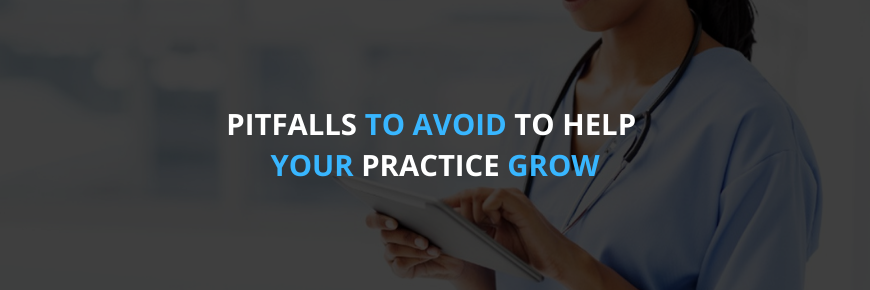Introduction
Organizations today aim to make their credentialing and contracting processes more efficient and compliant. However, this task can be challenging as these processes often involve different departments and people within an organization. To achieve the most efficient outcomes, collaboration between both sides is crucial. Credentialing involves assessing a candidate’s qualifications, while contracting focuses on agreeing to employment terms and conditions.
Creating a Seamless Credentialing Process: Best practices for Efficient provider Onboarding
Electronic tools enable providers to securely and promptly submit the necessary documentation for credentialing. These tools have automatic notification capabilities to alert providers when documentation is incomplete or requires additional information. In addition to simplifying application submission and verification, providers must establish effective communication channels with their credentialing teams to address any delays or issues. Automation can greatly expedite the collection and verification of required documents through workflows that allow providers to upload images directly from their phones into an online portal for processing. Moreover, automation can facilitate the sending of automated emails to providers, informing them about missing or incomplete documents and providing clear instructions on necessary follow-up actions.
Efficiency through standardization: Developing Consistent Credentialing and Contracting Workflows
Standardization is crucial for streamlining credentialing and contracting processes. It involves establishing standardized procedures for provider data collection, verification, and enrollment. By implementing a centralized database, organizations can avoid duplicating work and enable quick access to relevant provider information. In addition, collaborating with other healthcare organizations can provide opportunities to share best practices and learn from each other’s expertise in areas such as coding or billing processes. Standardization across multiple facilities promotes efficiency and consistency throughout the organization.
The Power of Technology: Streamlining Contracting with Automated Solutions
Contract management software offers a solution to the cumbersome nature of contracting and credentialing processes. By automating tasks such as contract document creation, tracking, and renewal, this software streamlines administrative work and reduces the burden on teams. Furthermore, utilizing contract data analytics provides valuable insights to optimize efficiency in procurement processes, from sourcing vendors to ensuring compliance with federal regulations. Additionally, contract management software simplifies the bidding process by allowing easy upload and management of bids in one central location. Real-time visibility of bids saves time typically spent on manual tasks like copying and pasting information from multiple sources.
Ensuring Compliance in Credentialing: Strategies for Meeting Regulatory Requirements
In today’s world, regulatory compliance is of utmost importance, especially in credentialing processes. To ensure compliance, a comprehensive compliance program must be developed and implemented. This program should encompass a thorough understanding of all relevant state and federal regulations governing provider enrollment and accreditation. Regulations such as HIPAA and the Social Security Act Section 1115 Waiver Program guide protecting personal medical data and designing experiments to improve quality and contain costs. Organizations serving individuals under these waivers may need special certifications from CMS to ensure compliance. Luckily, resources provided by CMS and various state agencies and private companies can assist organizations in navigating and becoming compliant with these regulations.
Driving Efficiency through Collaboration: Effective Communication and Relationship Management
To streamline the credentialing and contracting process, it is essential to establish strong relationships with all relevant parties, including payors, providers, and other stakeholders. Open communication channels and collaboration are key to building trust with these entities. Credentialing organizations can further improve communication channels by leveraging technology platforms for secure information exchange. This not only reduces administrative burdens but also increases transparency and accountability throughout the entire process. Effective communication and collaboration are crucial to efficient contract negotiations and updates
Conclusion
To achieve maximum efficiency and compliance in credentialing and contracting processes, organizations should consider the entire process from onboarding to ongoing communication. Through technology and collaboration with stakeholders, healthcare organizations can streamline their processes, leading to a seamless experience for all parties involved, including patients.




